Computing
curriculum intent statement
To provide our pupils with the skills to embrace the ever-changing technological face of our global and digital world. We aim to equip children with the ability to not only use a variety of technology, but how to use it safely. We promote e-safety throughout our curriculum and regularly discuss the societal issues that surround both technology and, in particular, internet usage.
Studies have shown that over 47% of today's jobs will be eliminated over the next 20 years. In order to prepare our children for the future, our computing curriculum has been designed to enable them to develop future-proof skills such as: adaptability, analysis and resilience.
Working in particular with the 'Teach Computing' curriculum framework (set up by the National Centre for Computing Education), we aim to encourage our children to develop a good understanding of the world around them and the part that the internet plays within it.
assessment in computing
Assessment for learning is threaded through all our computing teaching using our feedback policy. We use strategies such as Think, Pair, Share and Cold Calling to assess understanding; flexible groupings within the lesson to target children who may have difficulty understanding a particular concept or skill; retrieval questions at the start of each lesson linking back to previous learning to name but a few.
At the end of each unit, we do an ‘exit task’ to assess how well they have understood the content of the lessons and the skills they have developed over the course of the unit. These tasks usually take the form of a completed project using the skill or program taught across the unit. The teachers then use this information to adjust future planning if necessary to ensure greater understanding. It is also used to inform teacher judgements against the National Curriculum objectives.
Computer literacy is threaded through computing lessons and assessed using termly publishing in core subjects.


